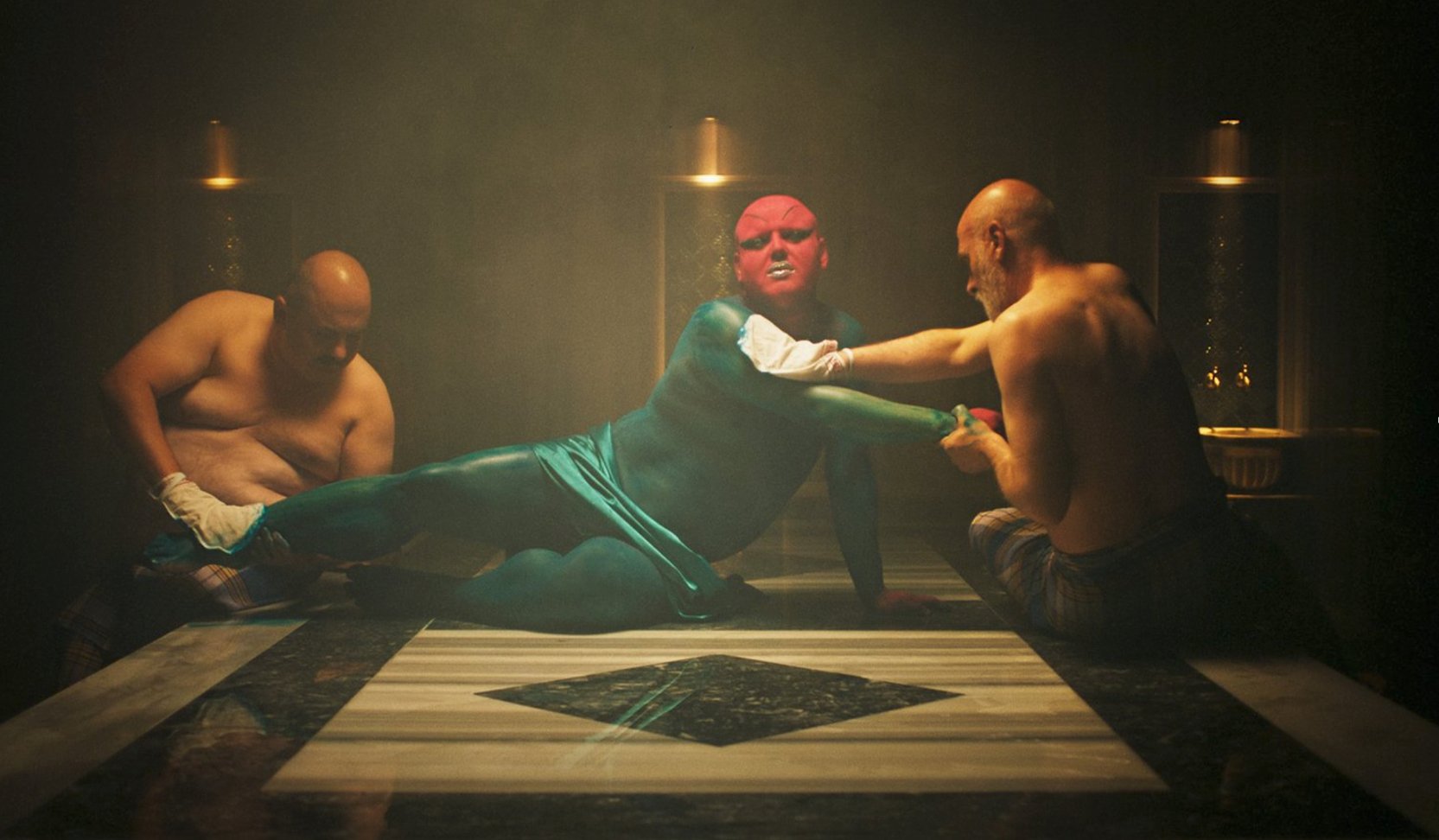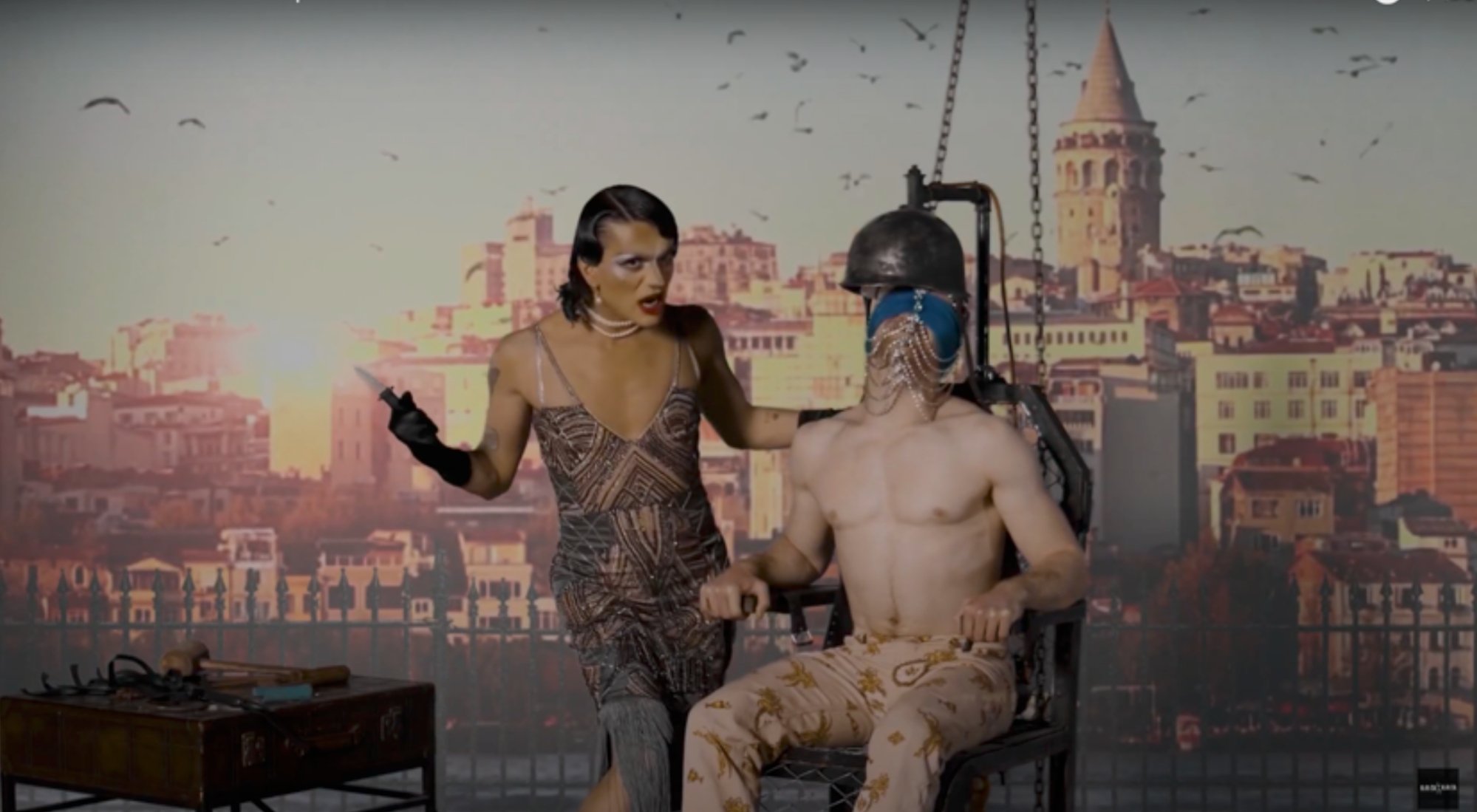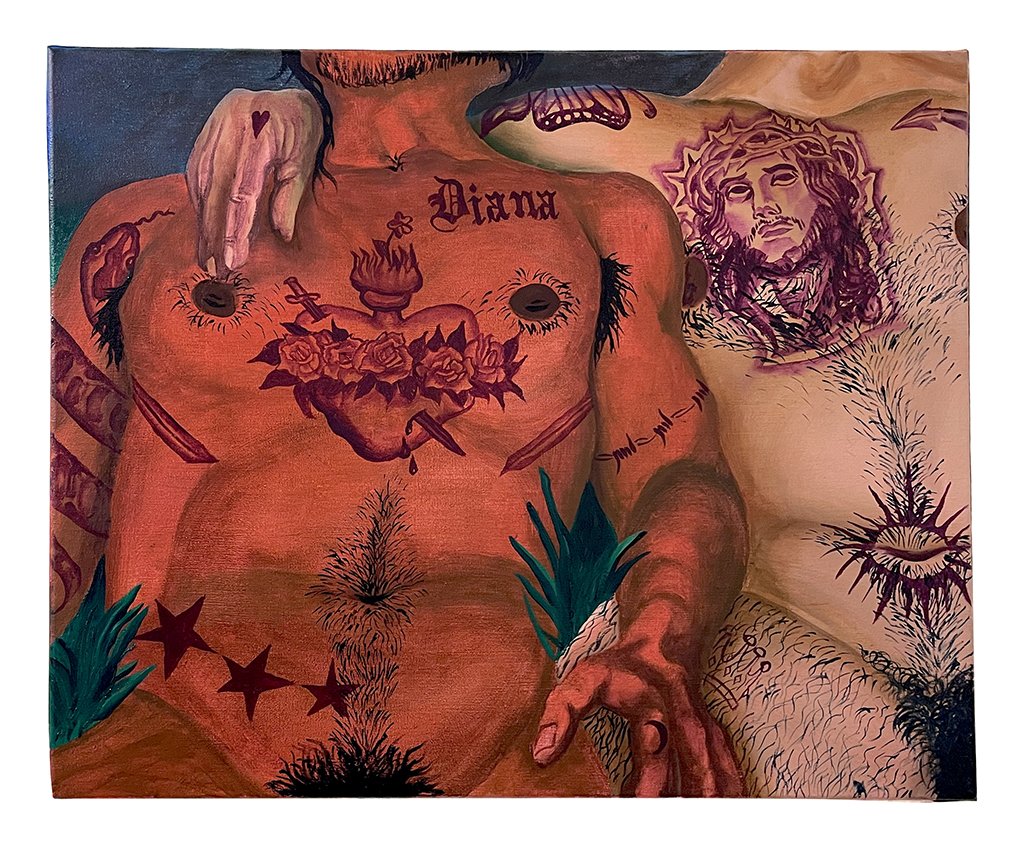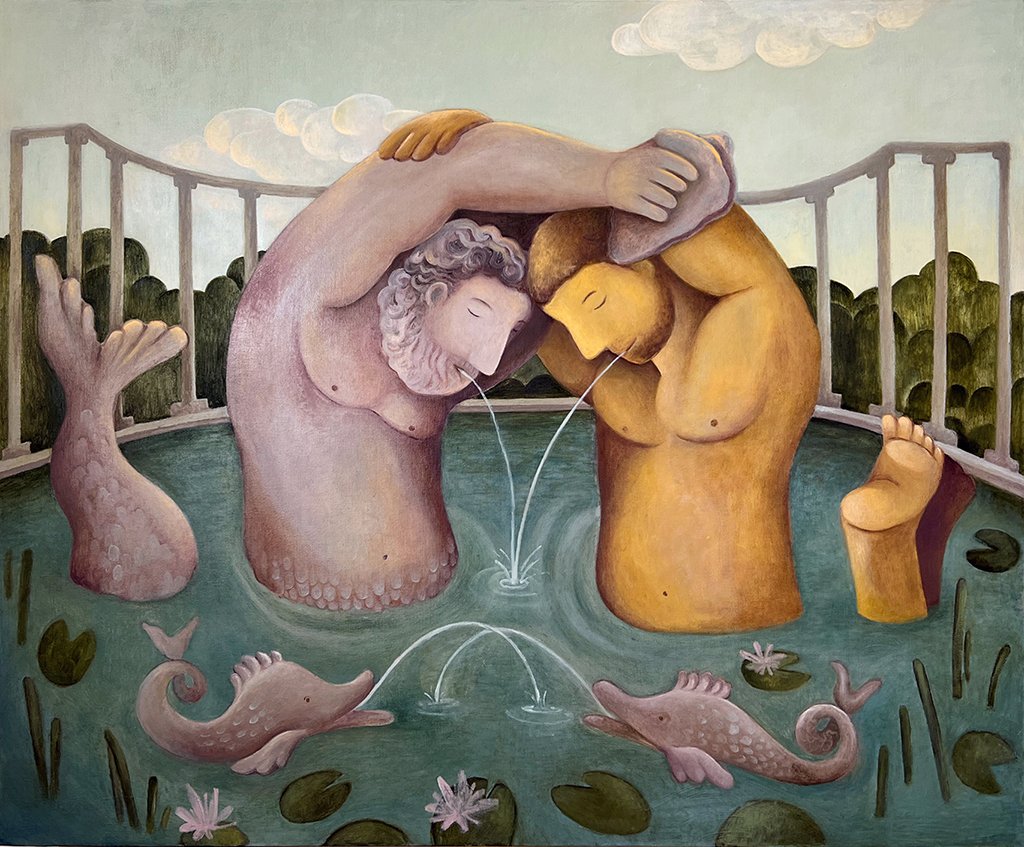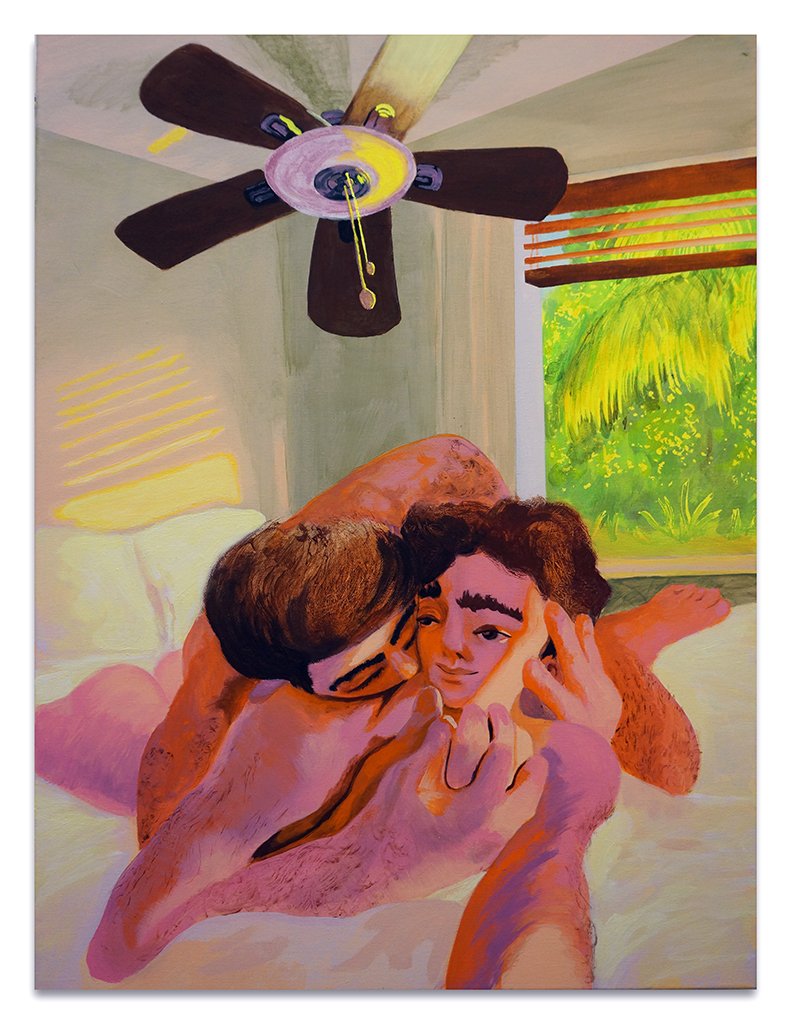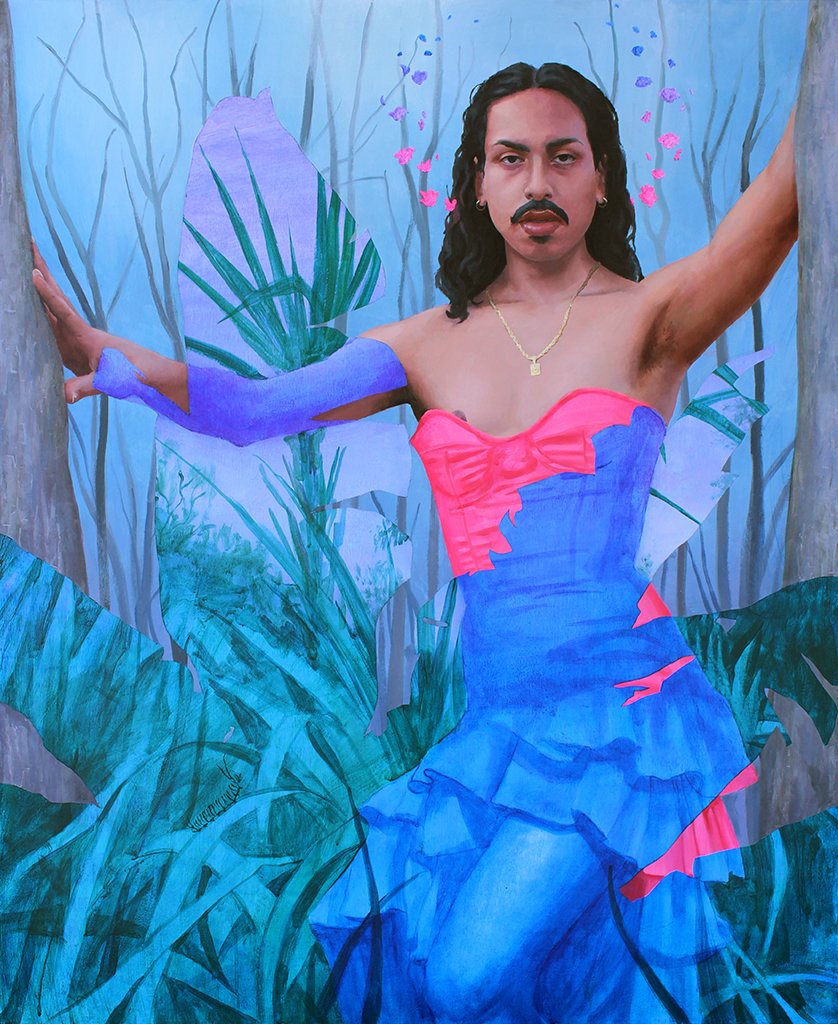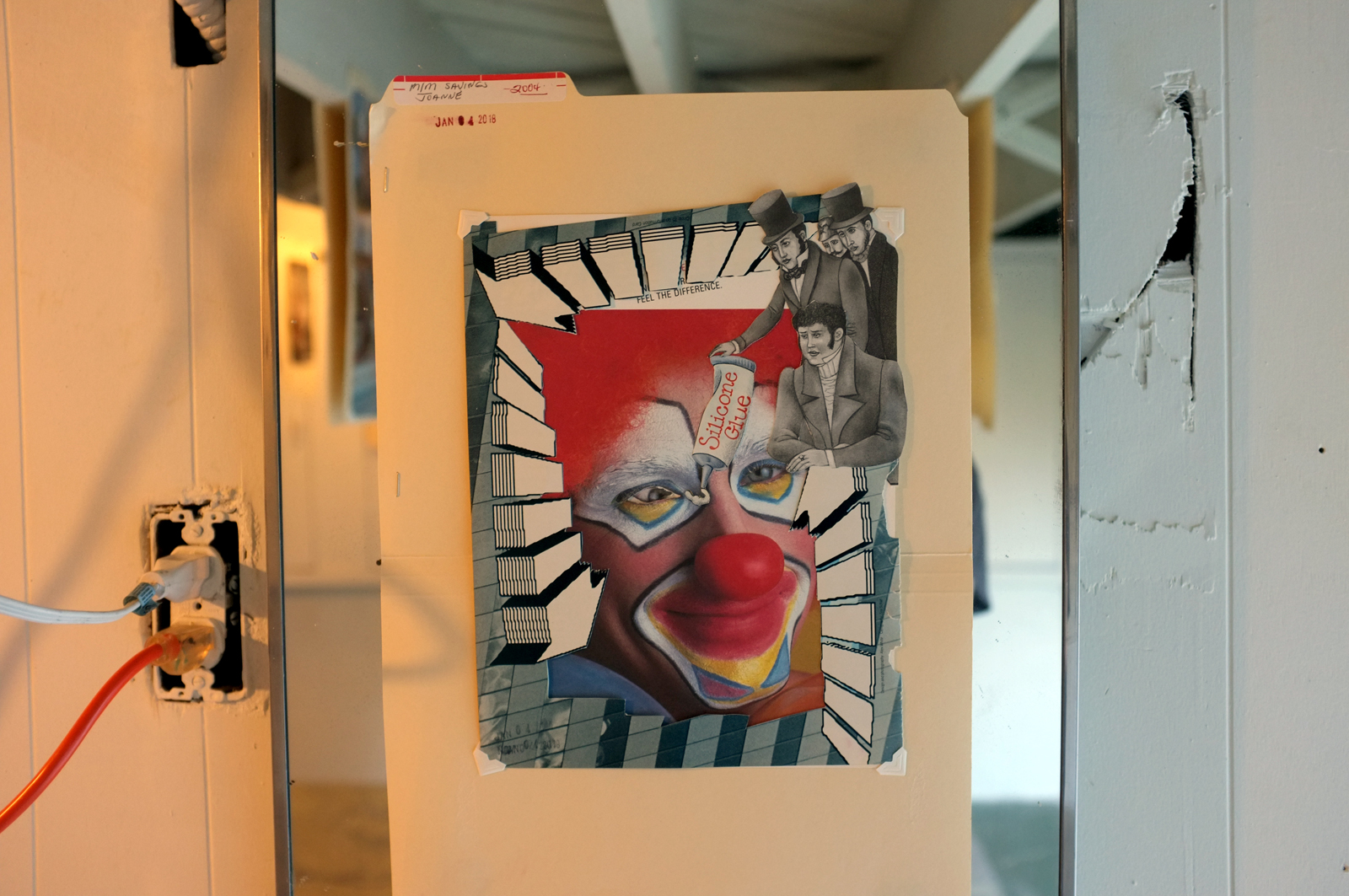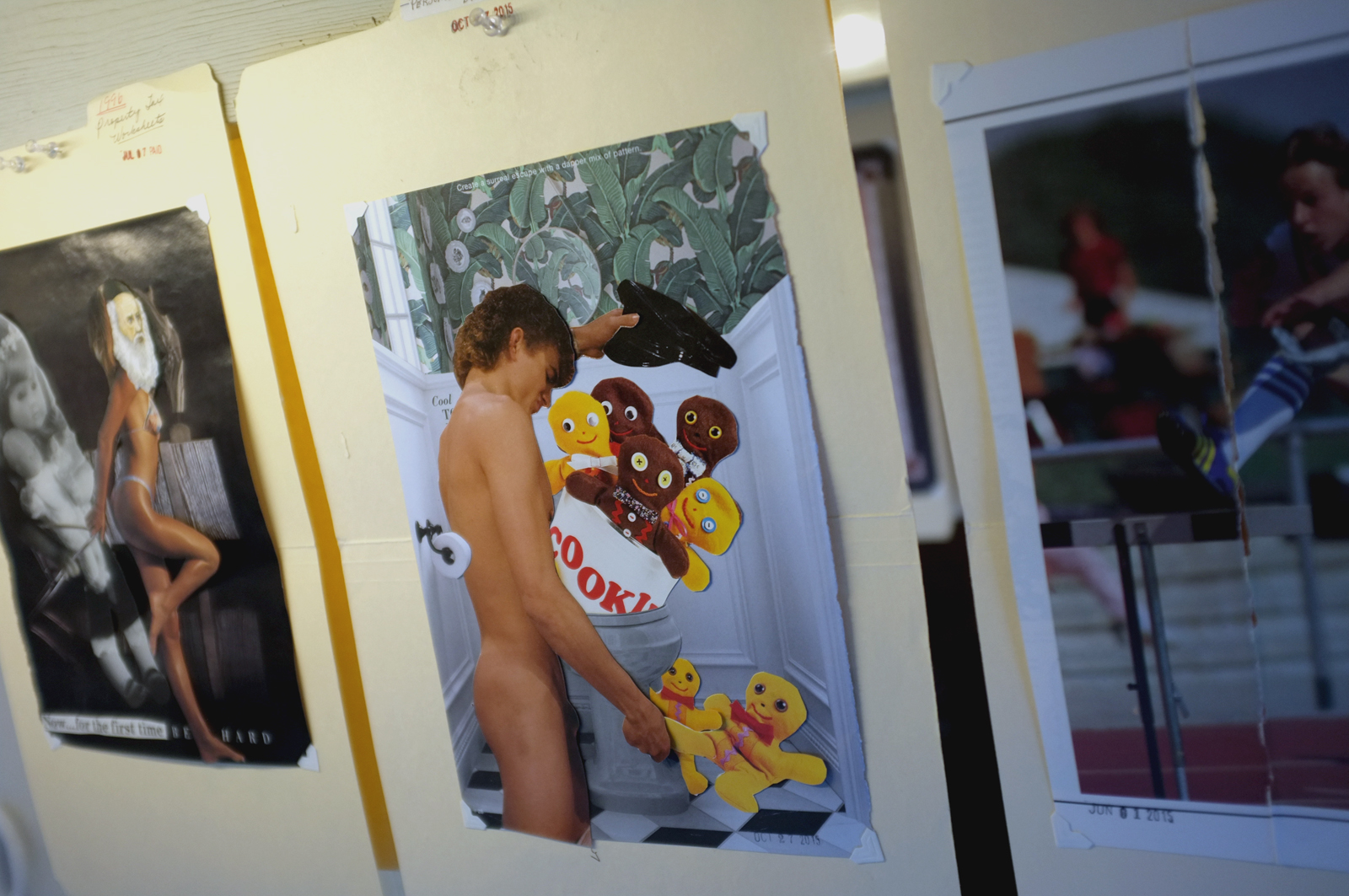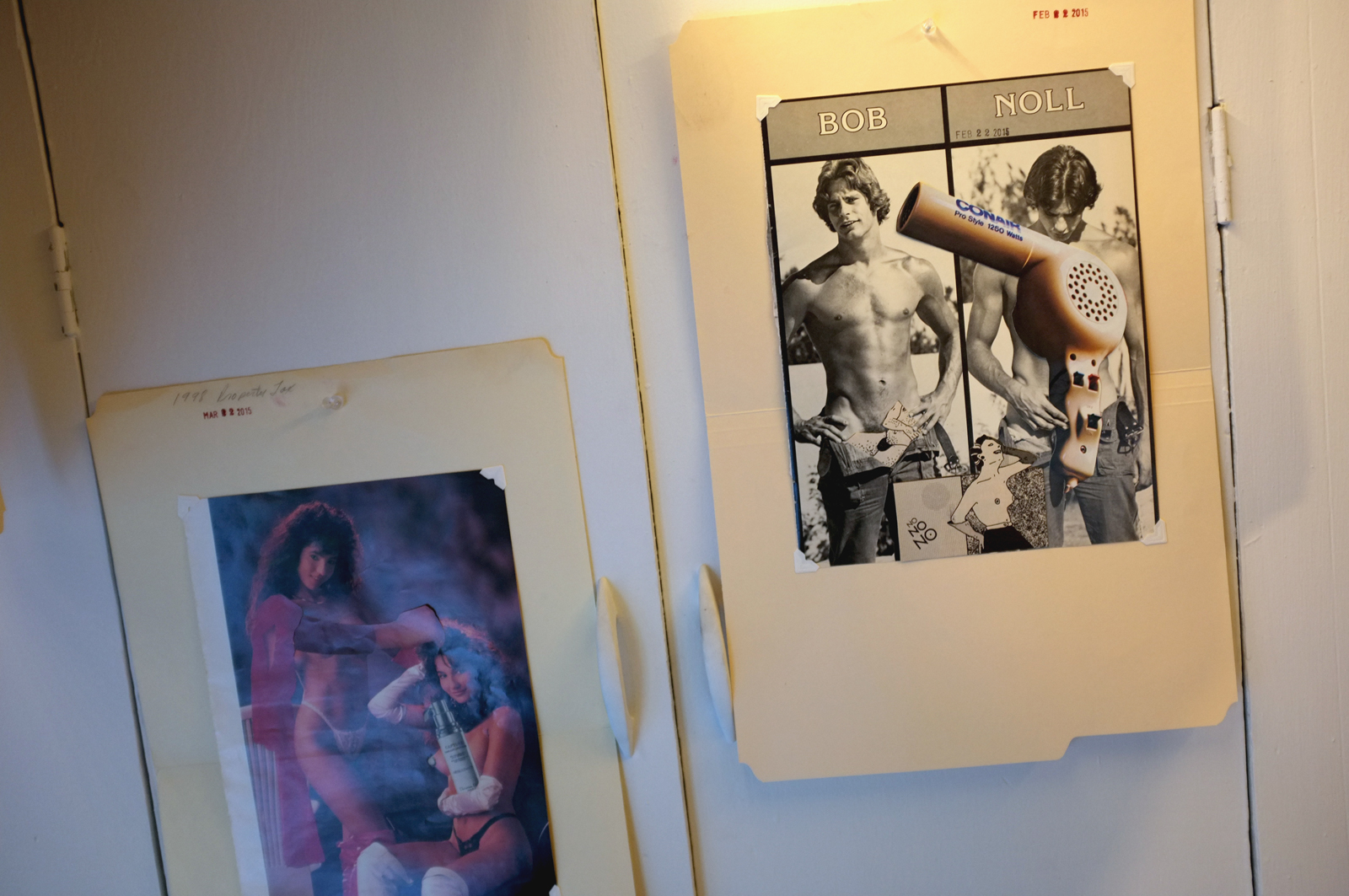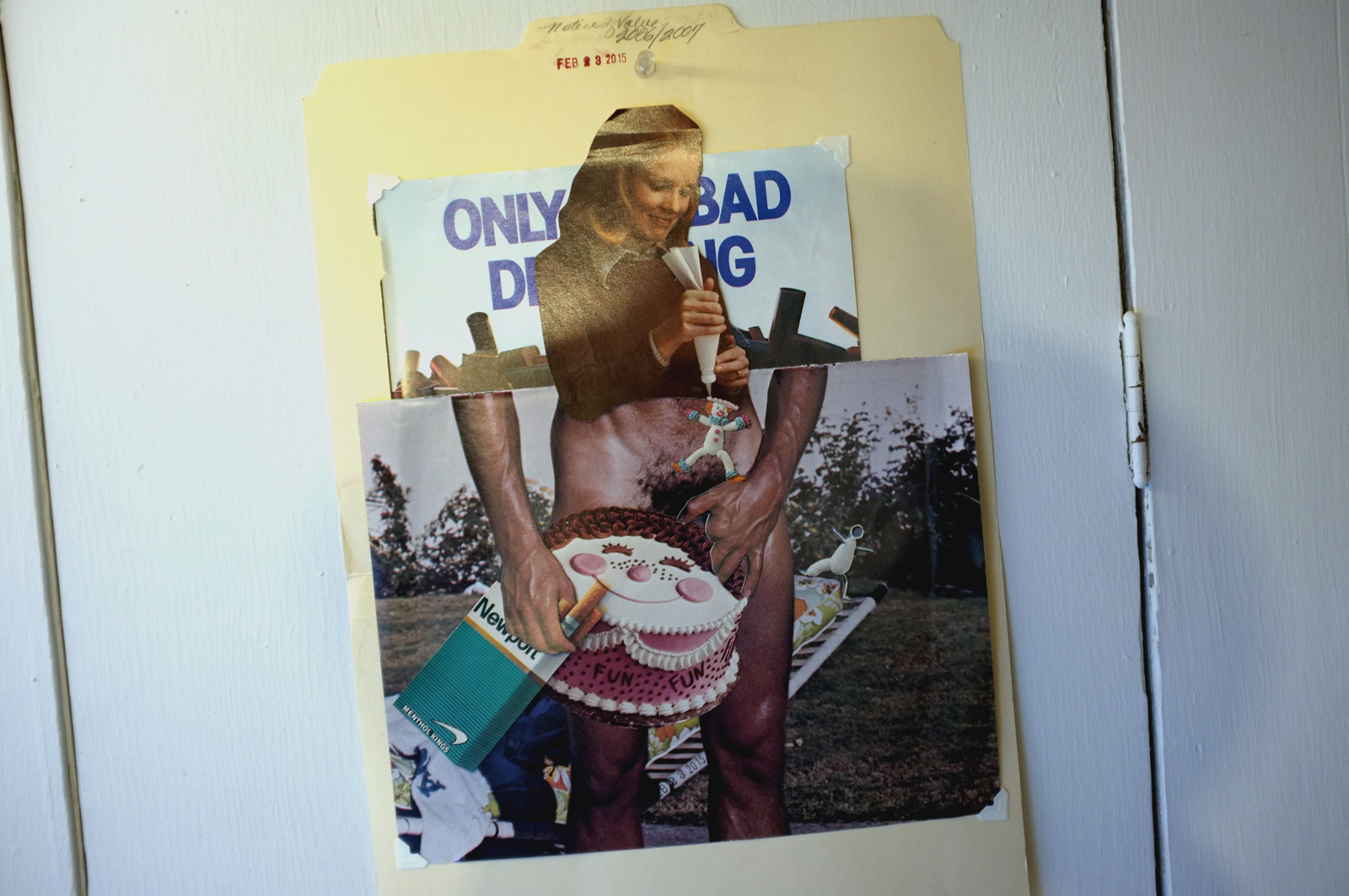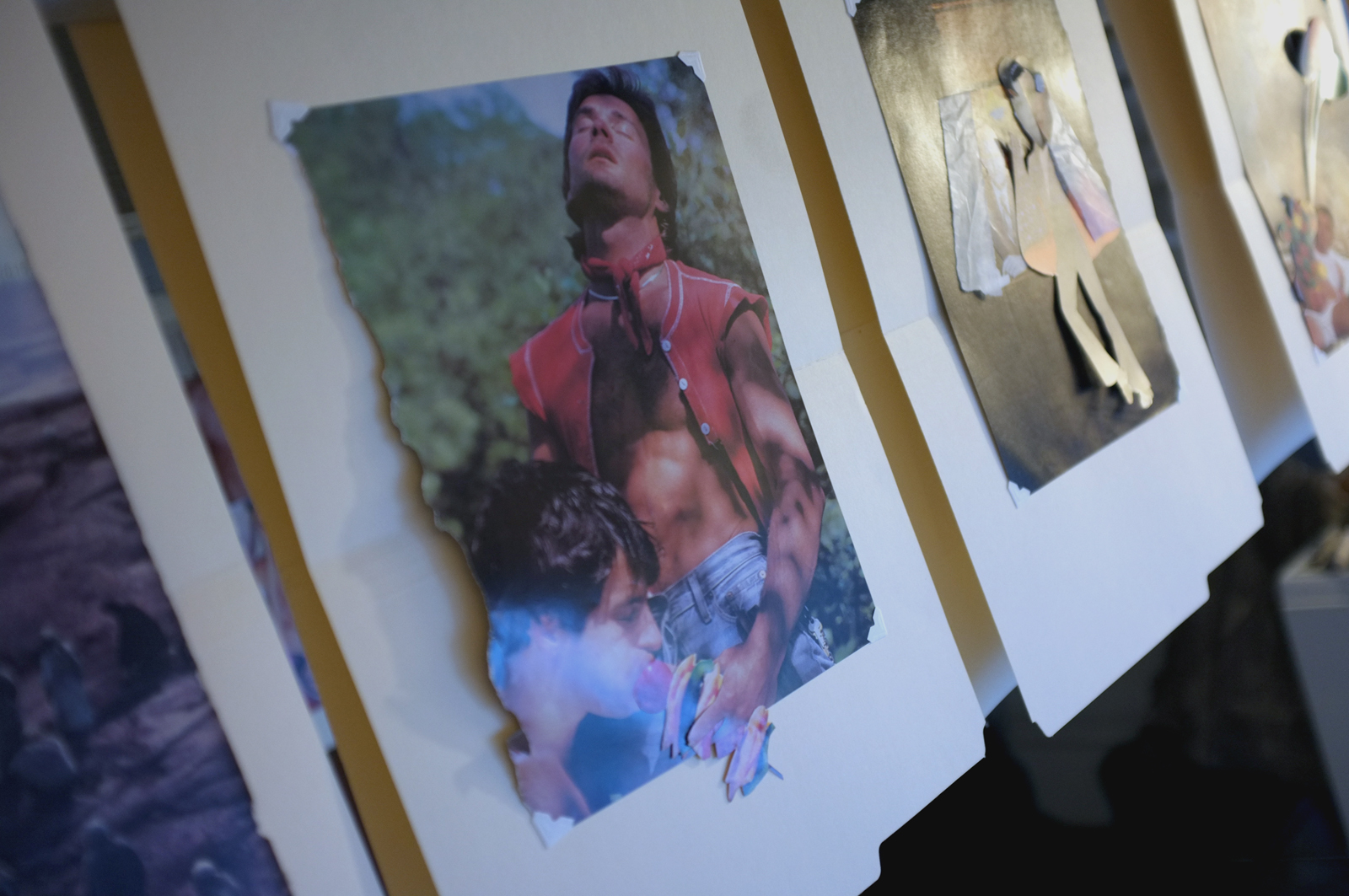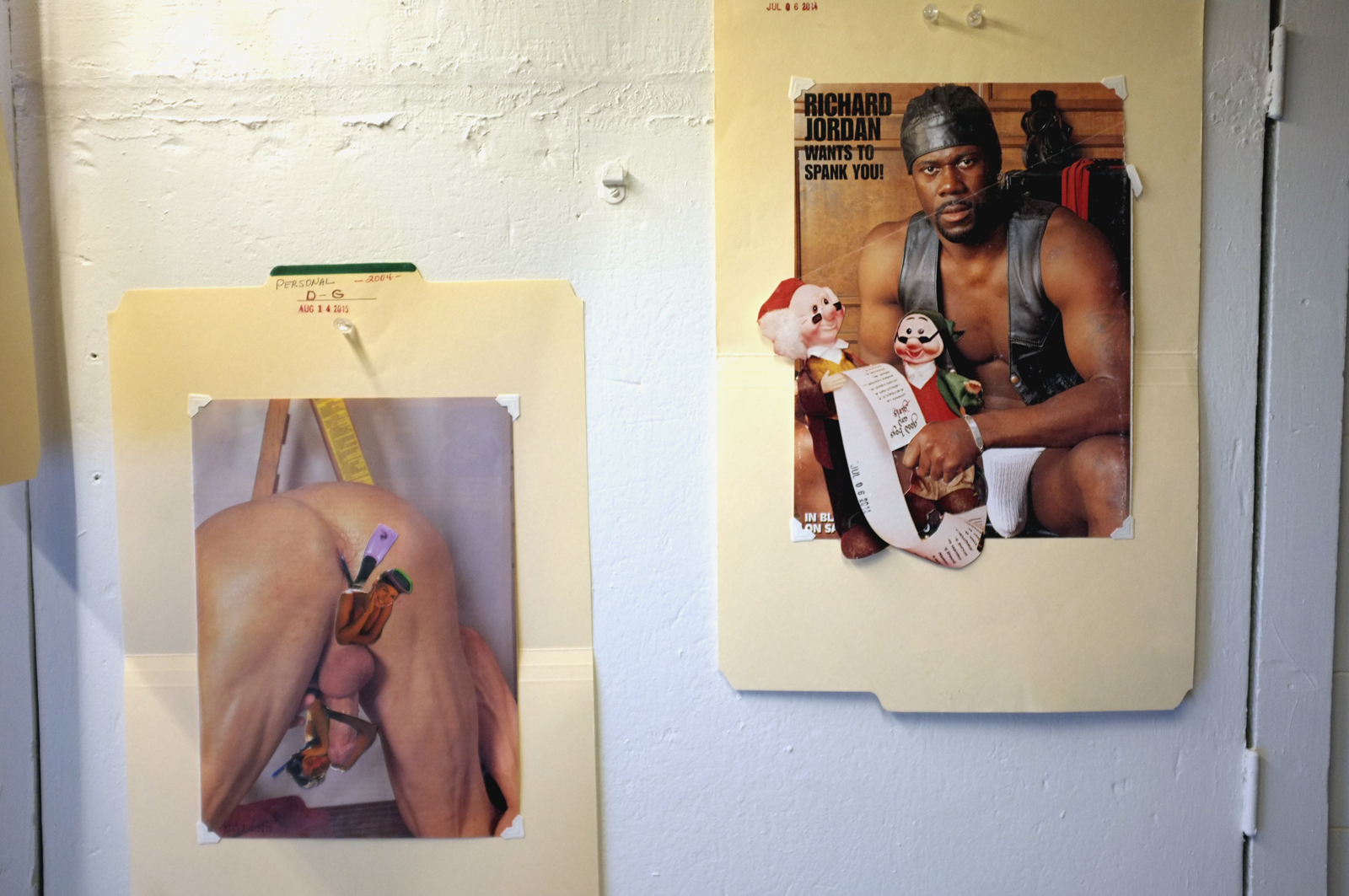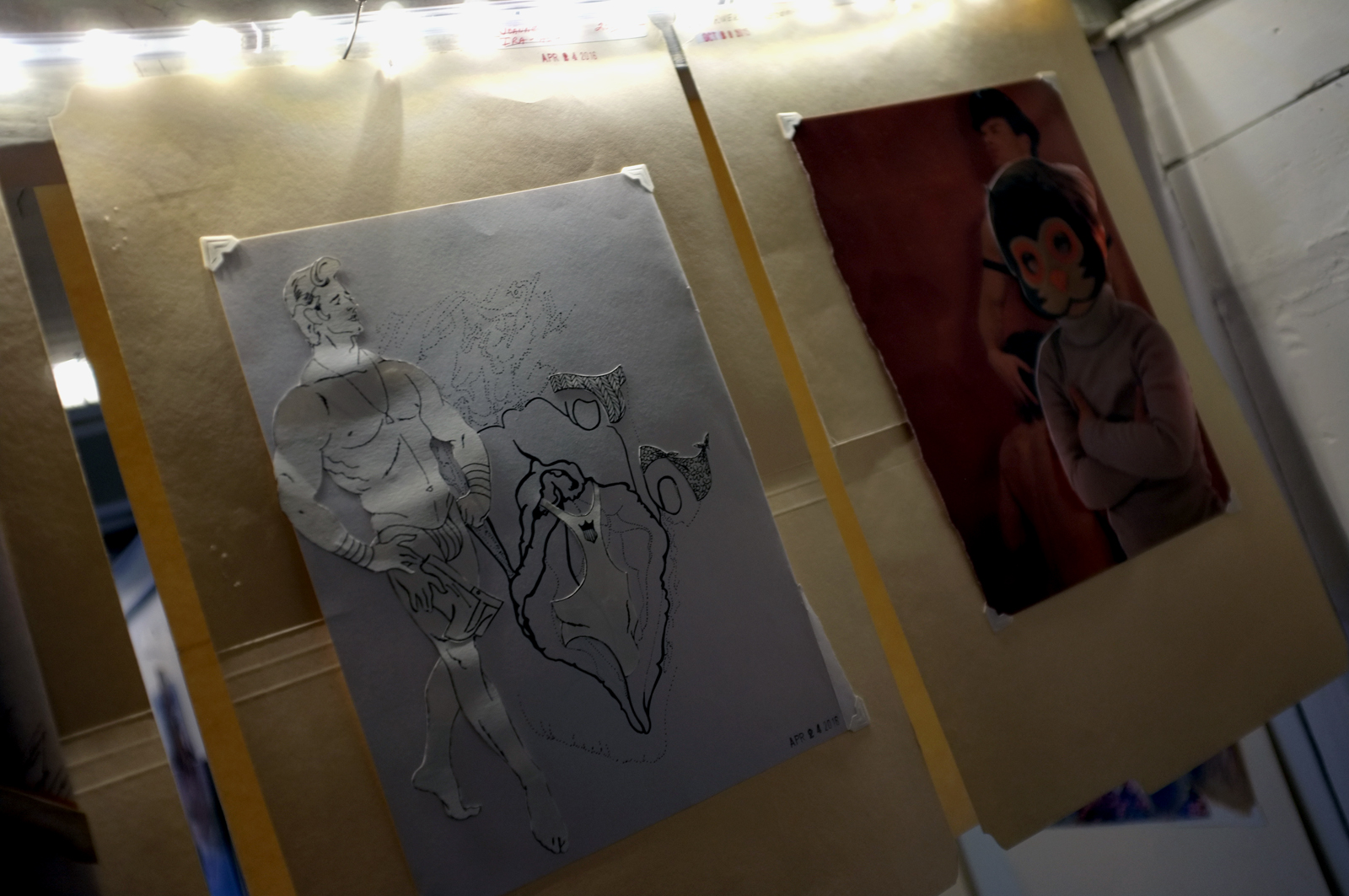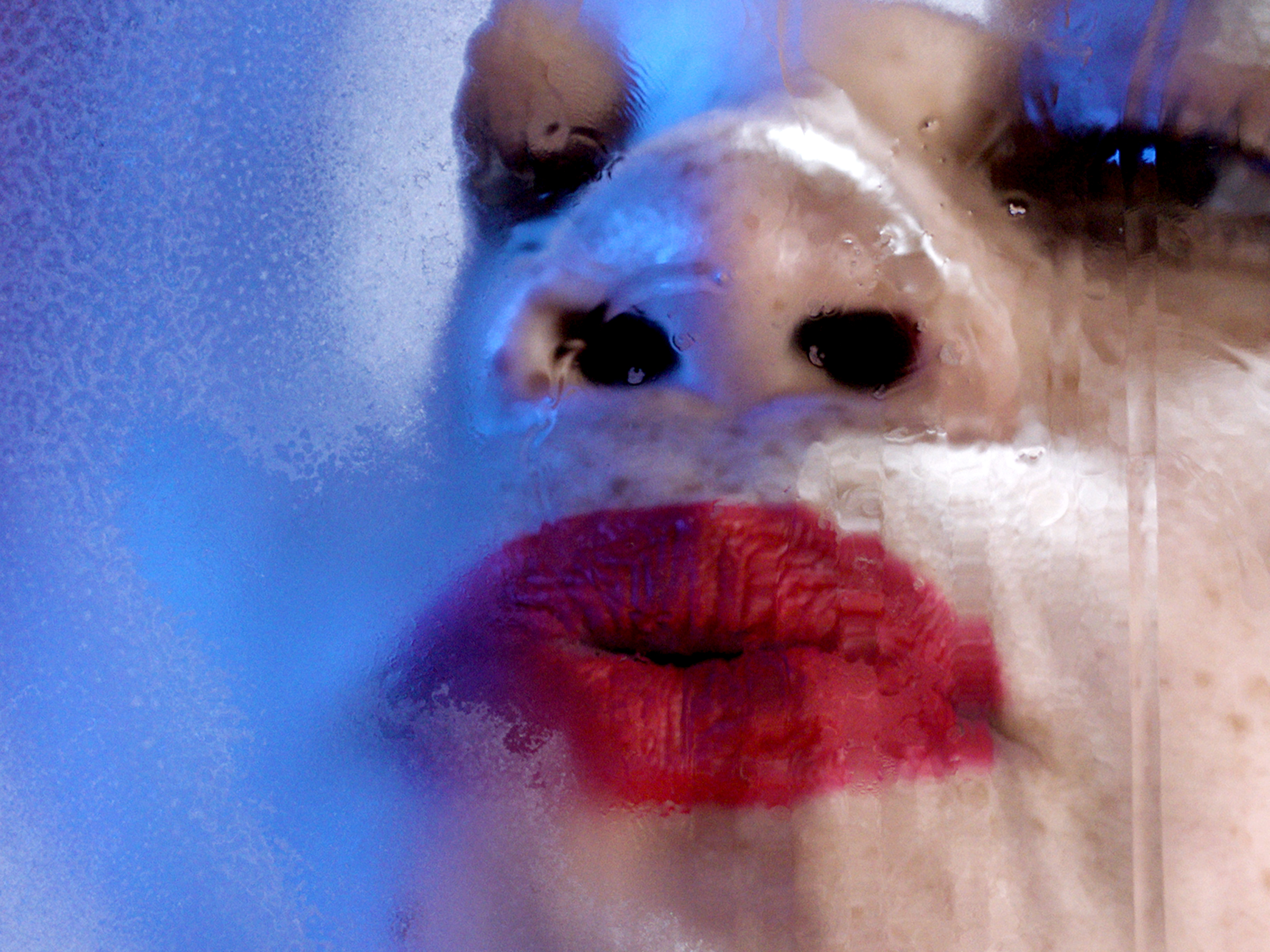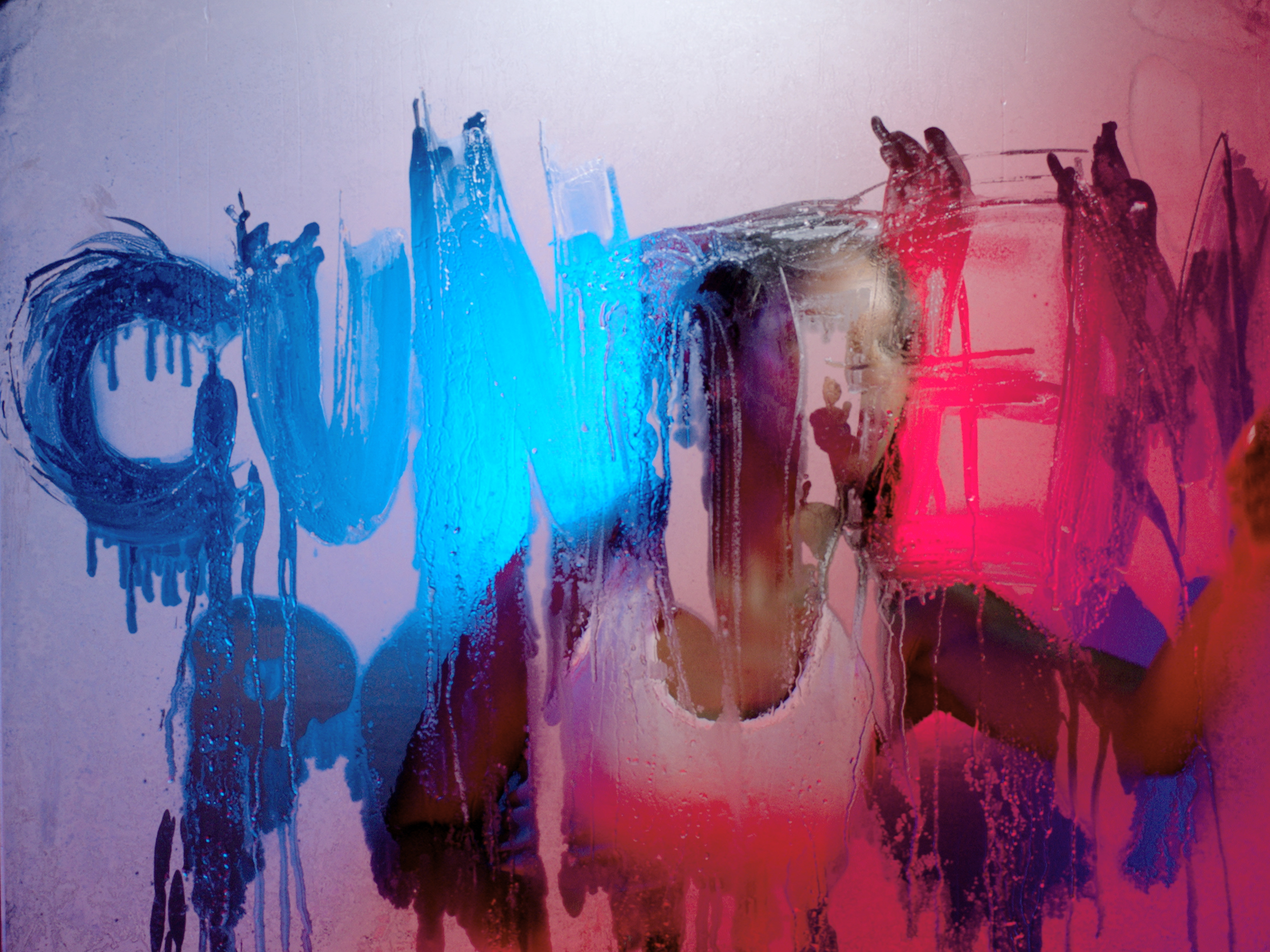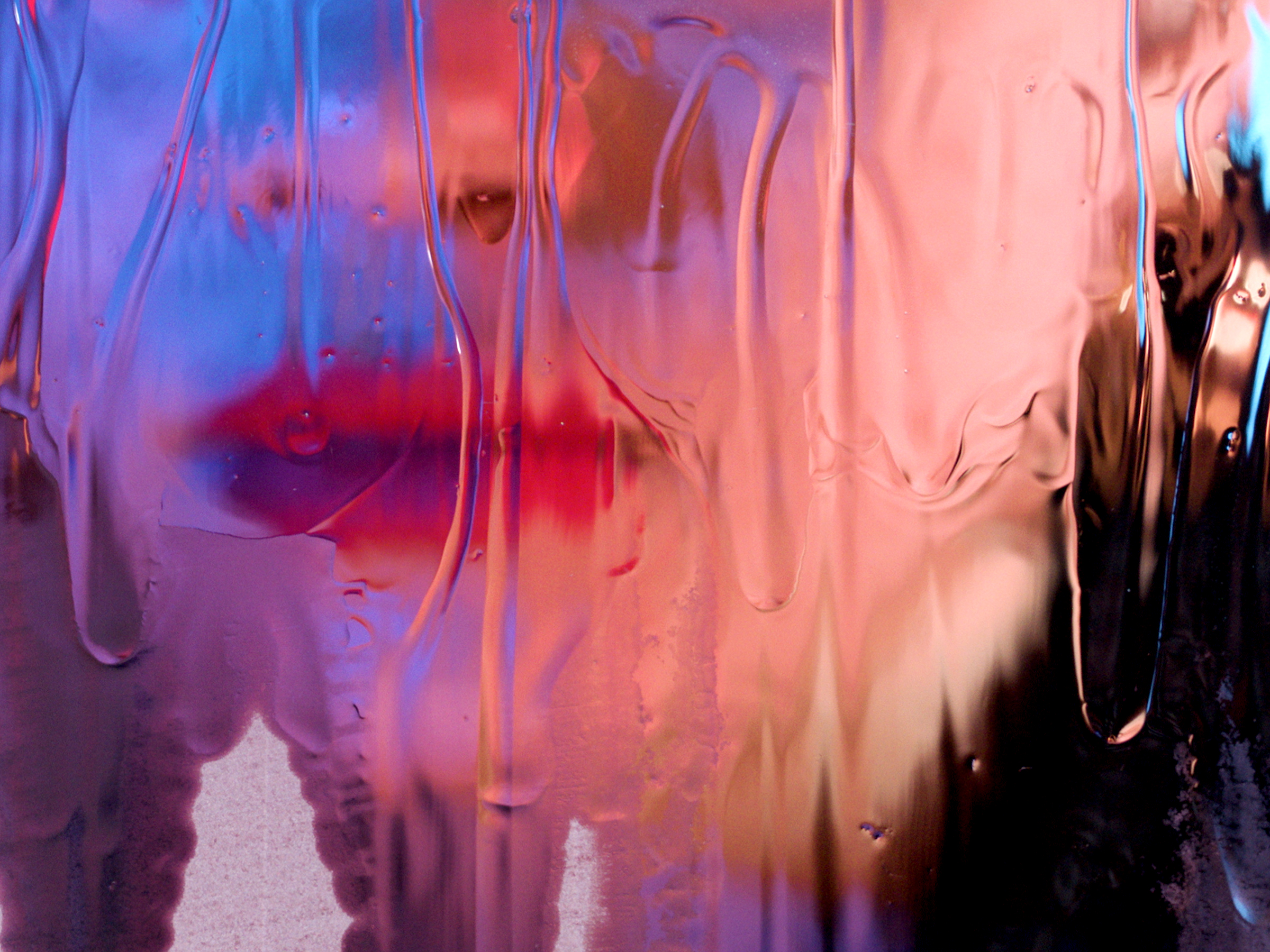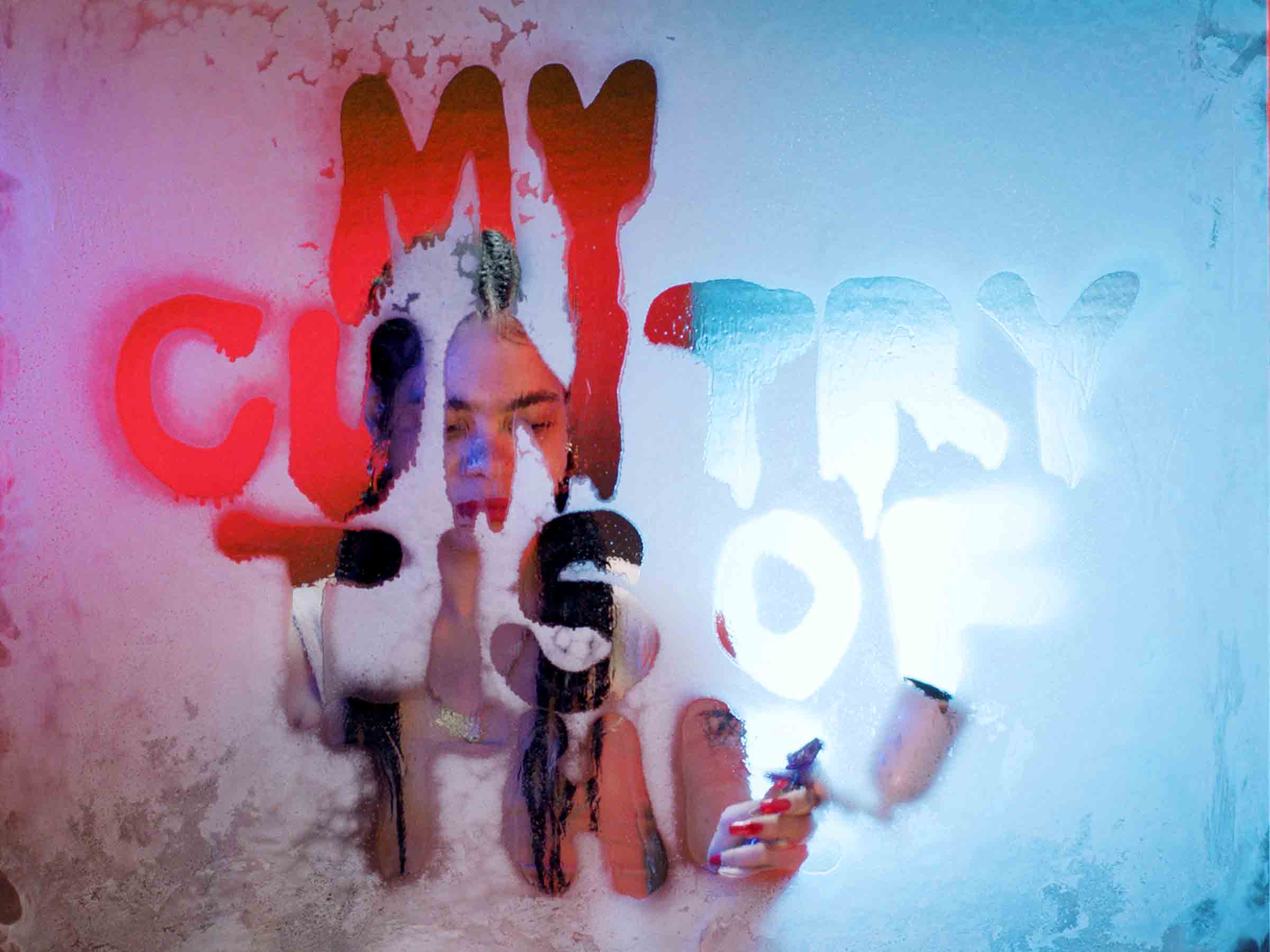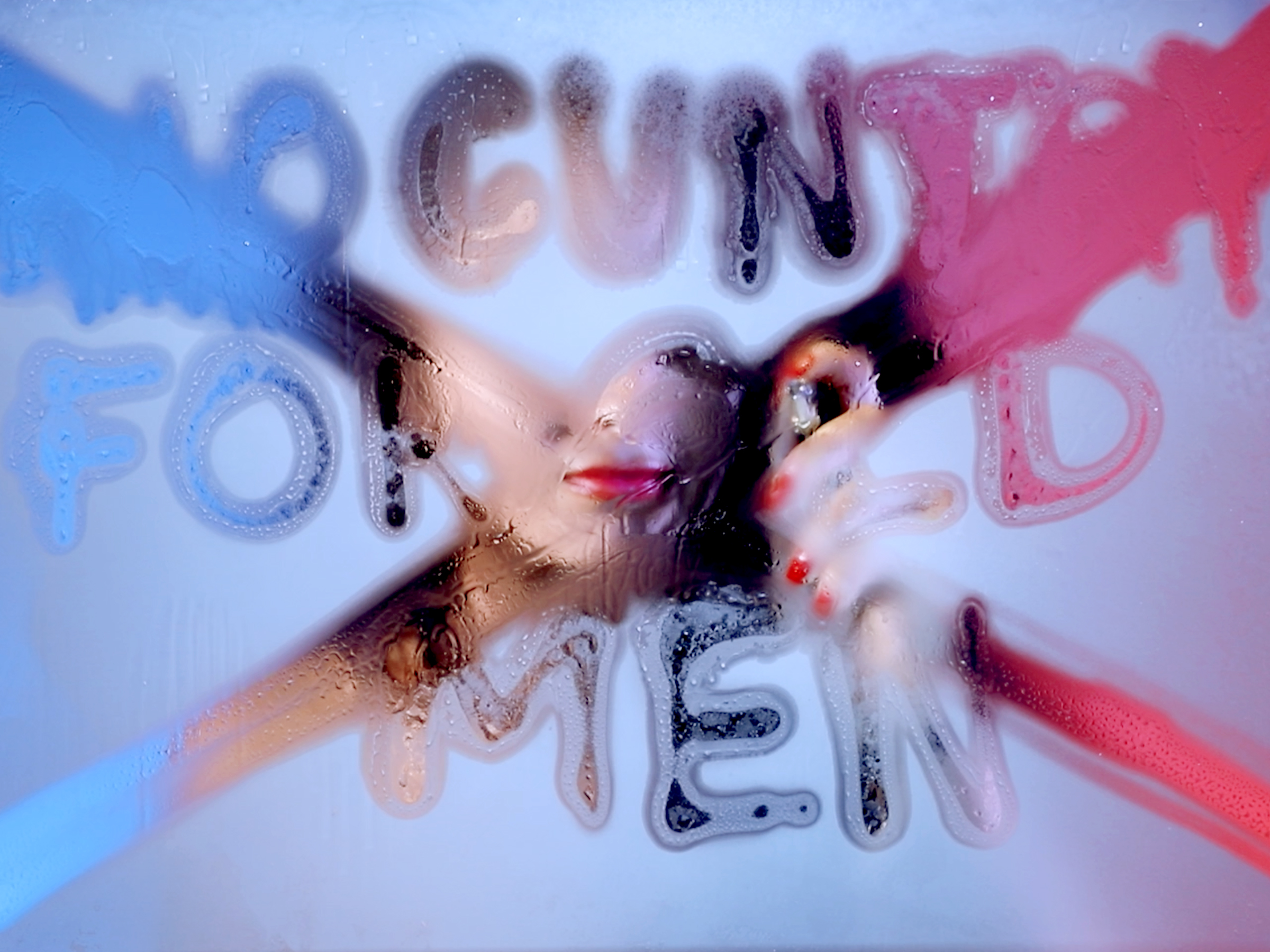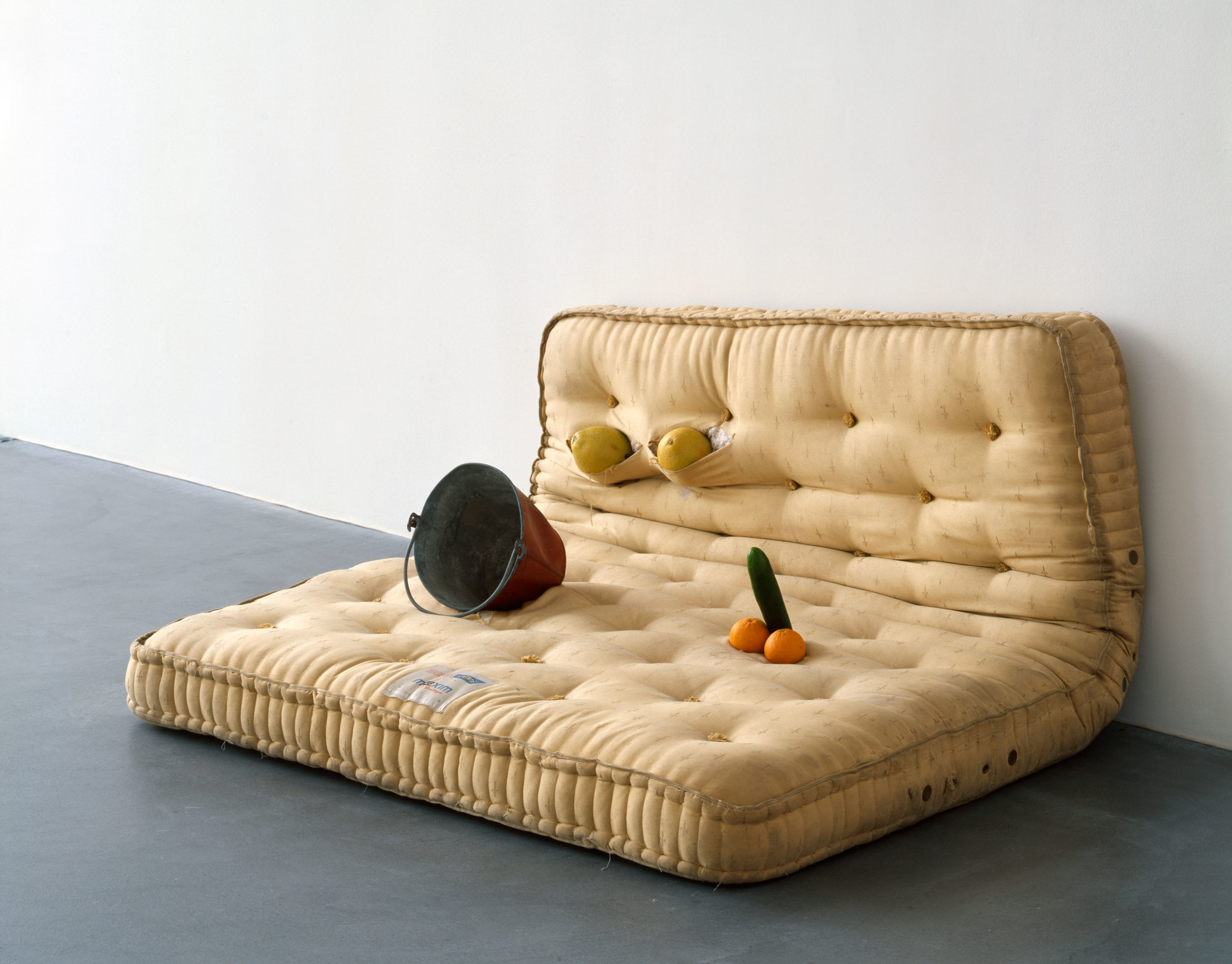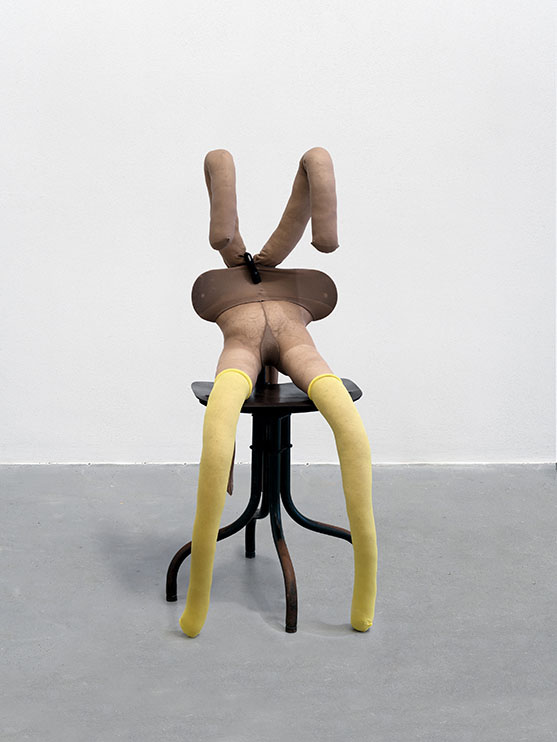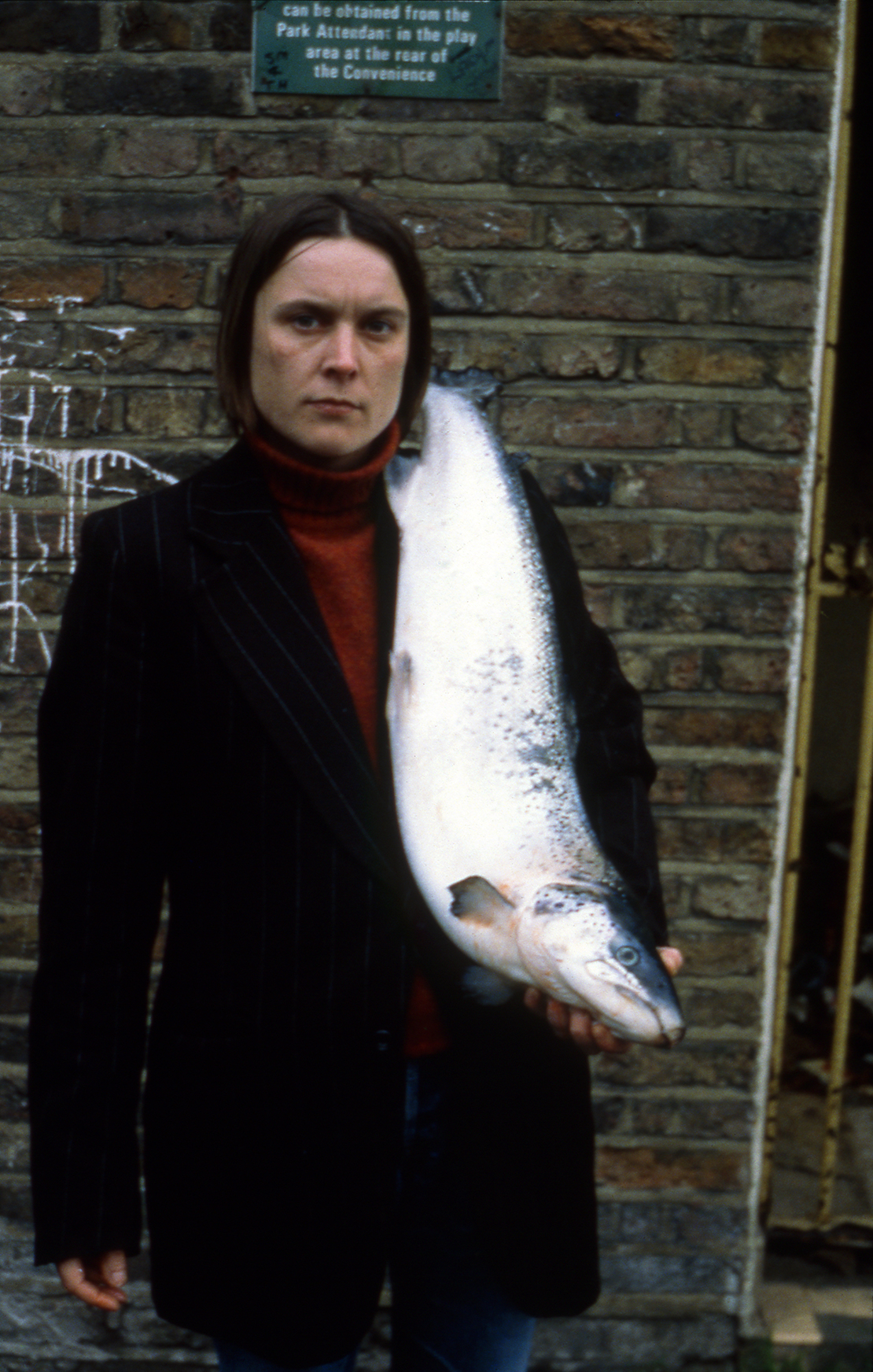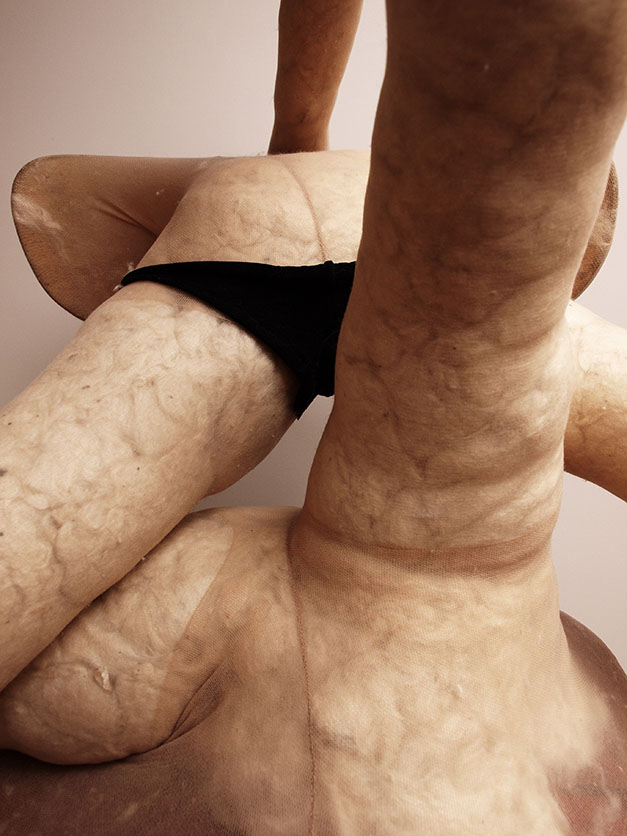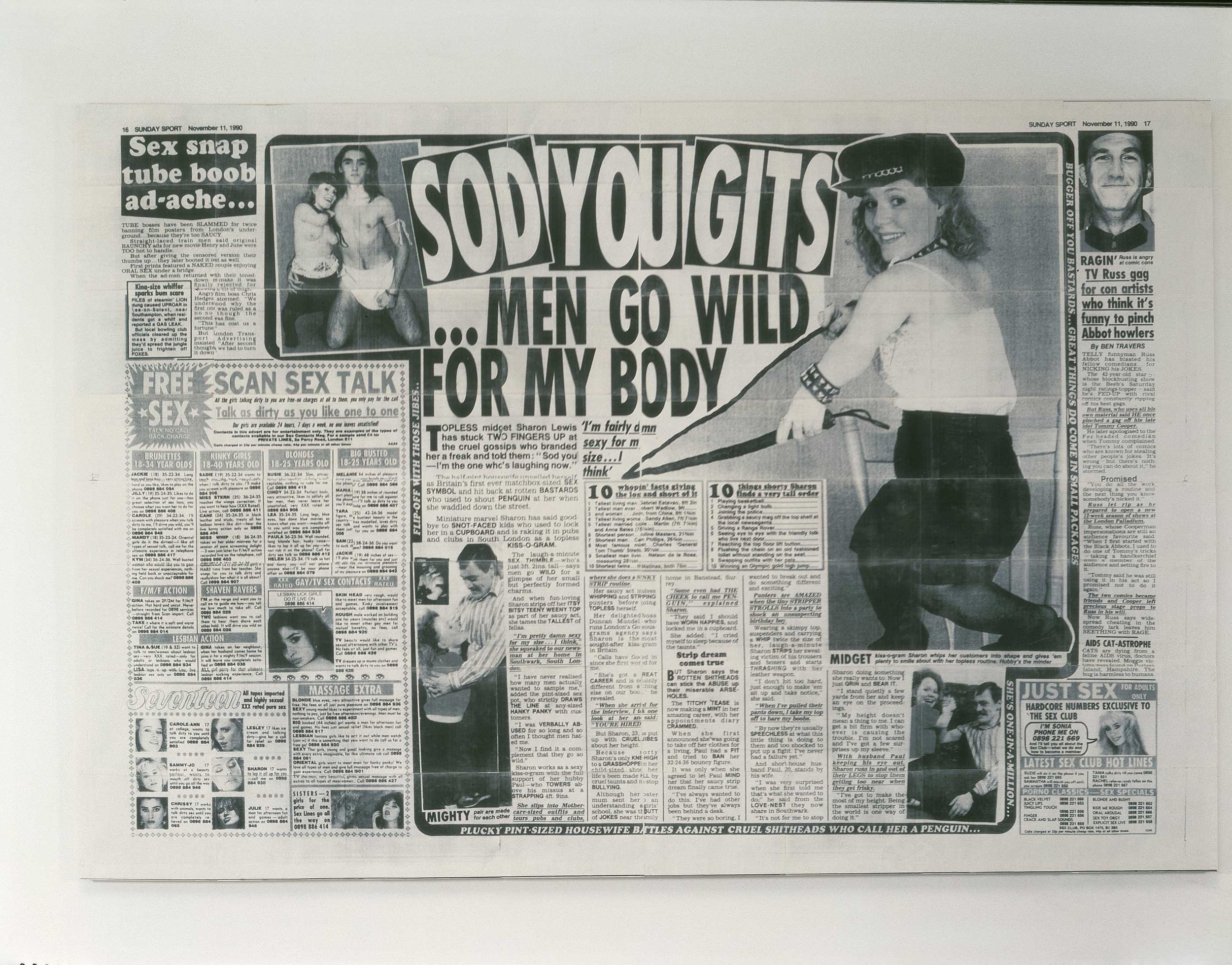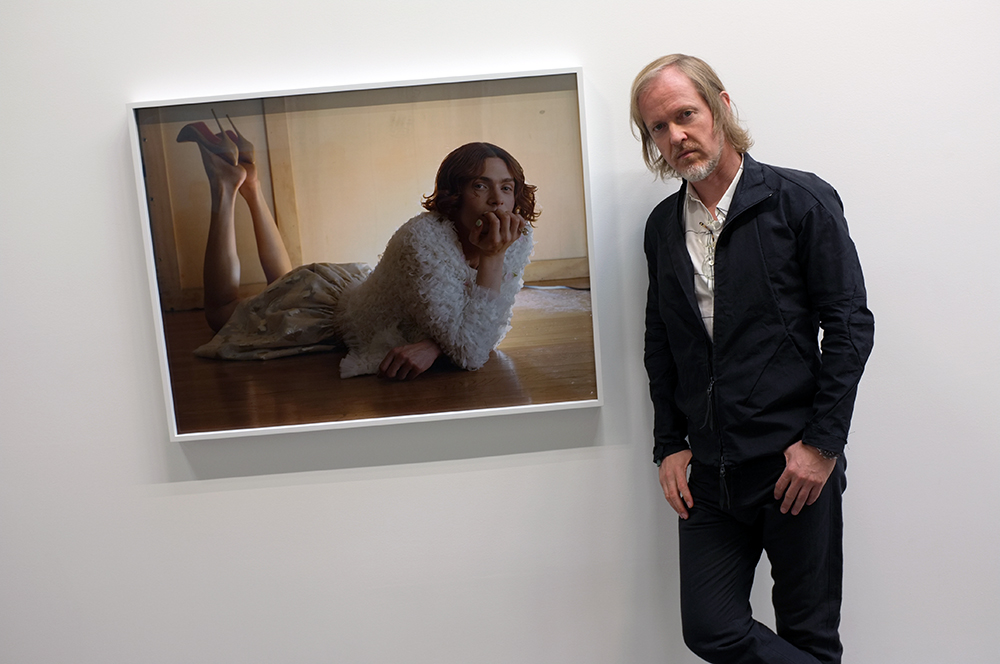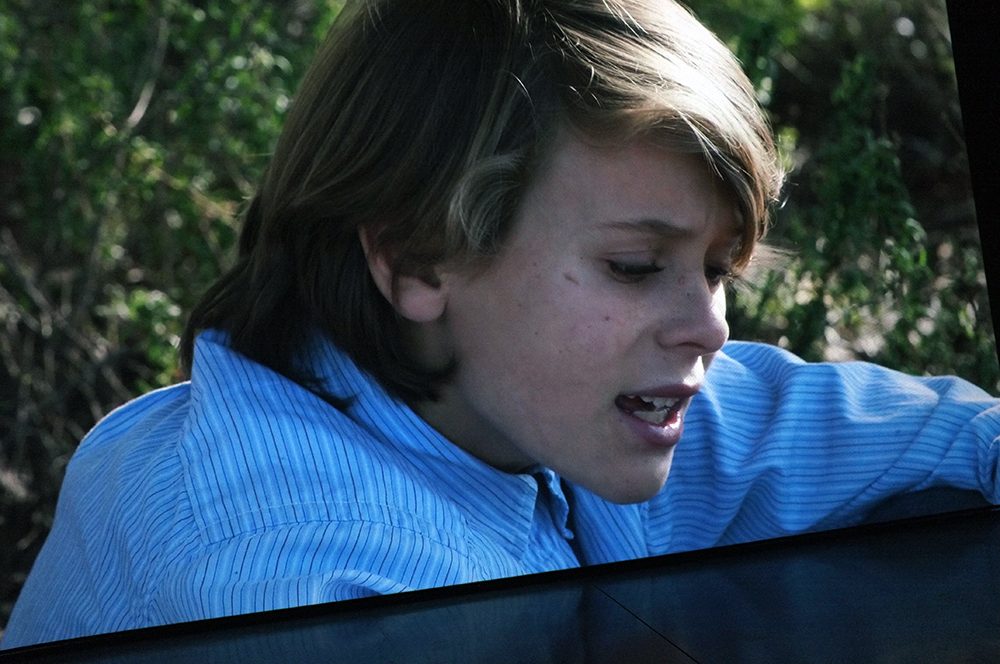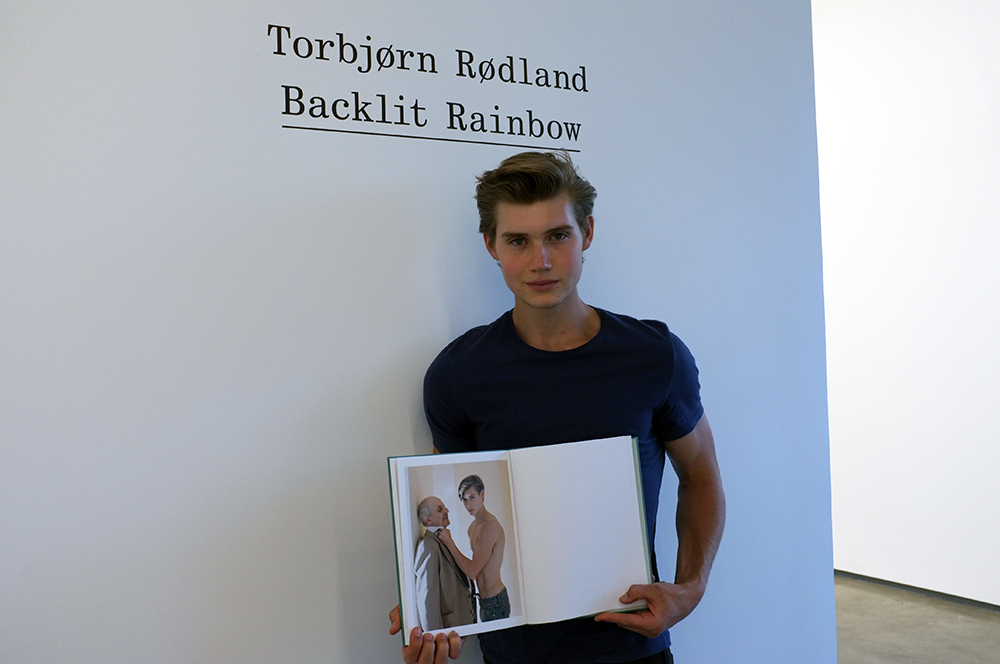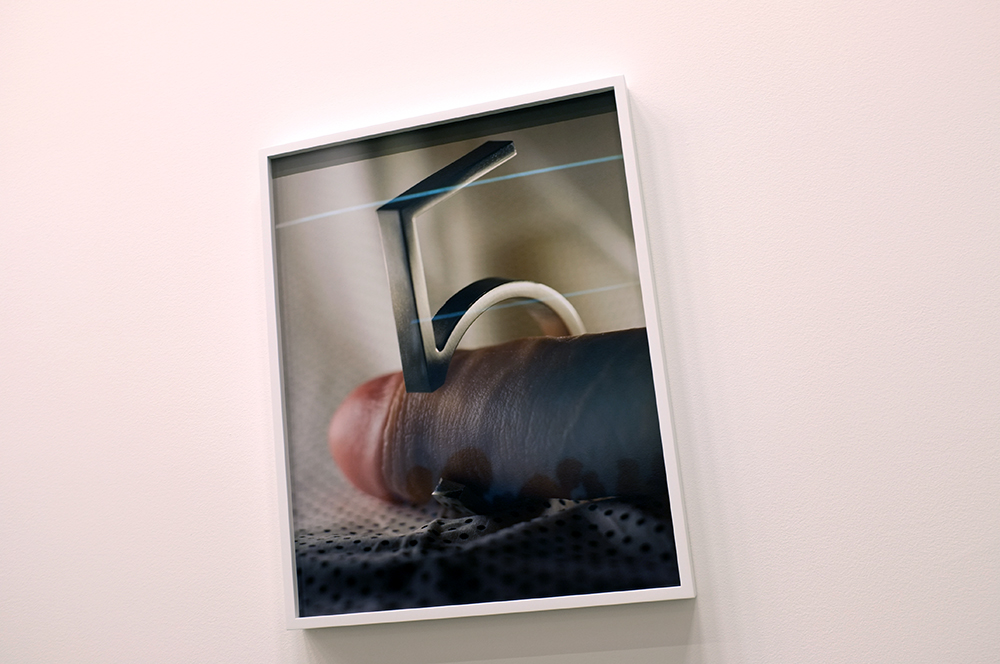Akış Ka, Harun Güler
IN LIMBO (2022)
Video still
by Cüneyt Çakırlar
The contemporary art scene in Turkey has accommodated a significant number of acclaimed queer and feminist artists who produce work exploring the politics of gender and sexuality in the country. The post-millennial expansion of art institutions and art collectors, as well as the development of the local art market’s international networks, have made the scene a vital territory of cultural capital, in which artists and their collaborating cultural practitioners, including academics and activists, channel their voices through art. While the neoliberal economy of art-as-capital and the extent to which it contributes to the precarization of cultural workers should be scrutinized, the academic, artistic, and cultural visibility of LGBTQ+ practices in Turkey raises critical possibilities to articulate questions of cross-cultural mobility and translation of sexual dissidence in arts. What I’m interested in here are the strategies of transposing queer aesthetics into a critical LGBTQ+ practice that does not merely insist on a local political context but also engages with – and unsettles – the geopolitics of the global contemporary art market and its “ethnographic turns.”
The post-millennial consolidation of LGBTQ+ activism, the increased public visibility of LGBTQ+ cultures, and the proliferation of political discourses on gender and sexuality in contemporary Turkey revealed what the political theorist Sinan Birdal considers “the fault-line between a liberal narrative based on universal human rights and democracy, and a conservative narrative based on particular values and identities” (2013). As the ruling class consistently and increasingly instrumentalizes “family values” and “general morals” in various legal frameworks that reinforce censorship, misogyny, transphobia, and homophobia, the marginalized communities that oppose the status quo mobilize various intersectional frameworks of resistance. Within these frameworks, LGBTQ+ activism appealed to forms of strategic political alliances, including the pro-Kurdish movement, the women’s movement, and anti-militarist resistance in the country.
These intersectional platforms, which contest the state’s hegemonic discourse of militarism, nationalism, masculinity, and Islam, became dramatically visible in #OccupyGezi protests in 2013. The purges followed by the government’s post-Gezi framing of resistance-as-terrorism and the coup d’état attempt in 2016, resulted in a new wave of migration of skilled labor (mainly into Europe), in which academics, artists, curators, and other dissident practitioners have been the leading emigrating groups. This new diasporic presence of Turkey-affiliated cultural practitioners in European publics resulted in the formation of new academic, artistic, and curatorial collectives in various countries, notably Germany and the UK. Thus, to fully understand how LGBTQ+ cultural practices operate in Turkey (and expand internationally), one should pay attention to these new networks of solidarity and platforms of artistic practice that are informed by Turkish politics through the arts-academia-activism nexus in national and transnational settings.
My previous work on the post-millennial LGBTQ+ art production in Turkey and its diasporas argued that these practitioners (e.g. Kutluğ Ataman, Taner Ceylan, Nilbar Güreş, Erinç Seymen, and Istanbul Queer Art Collective) have a particular politics of location that are informed by queerness, transnationalism, and intersectionality. Inspired by Irit Rogoff’s approach to “regional imaginings,” I argued that these artists “attempt both to activate and to actualize notions of location away from being ‘located’ by an authority of knowledge or a political authority:” rather than “trying to figure out what one’s identity might be as a given,” one should try “to produce a set of relationships in the world that might locate one” (Rogoff 2010).
The curatorial frameworks of the takeover events which have recently taken place in London, namely Screen Practices: LUBUNYA Dispatches at ICA London (2-4 June 2023) and Transpose BURN: Pit Party at Barbican Centre (15-17 June 2023), resonate considerably with my above-discussed account of queer cultural practices from Turkey and its diasporas. Their engagement with Turkey is informed by a transnational perspective that considers queer art as a practice of mobility, rather than a practice of identity that is authenticated only by the geopolitics of nation-states. These projects celebrate queer practitioners as active agents of cultural change rather than passive recipients of authoritarian oppression.
ICA’s Screen Practices program included screenings of recent works I was already familiar with, such as the Turkey-born, Berlin-based researcher-pornographer Emre Busse’s Godasses Trilogy (2021-2), Gizem Aksu’s recent documentary 9/8fight41 (2022), Rüzgar Buşki’s #Resistayol (2016), and the performances by Leman Sevda Darıcıoğlu and Istanbul Queer Art Collective. However, the presence of Istanbul-based performance artists Kübra Uzun (aka Q-bra) and Akış Ka in London, and their discursive, affective, and artistic contribution to the three-day program at ICA turned the takeover into a special happening. Their performances reinvigorated the screening program as a live archive of fierce queer practice rather than a mere re-presentation/documentation of Turkey-based queer culture and institutionally branded queer art practices to London-based audiences.
Istanbul-based singer, songwriter, performance artist, and DJ, Kübra Uzun is an LGBTQIA+ rights activist, working in Turkey and also on various international platforms. LUBUNYA Dispatches at ICA London featured Uzun’s video performance Jülyet’s Habanera, which was produced by [alt]platform and premiered on [alt]cut YouTube Channel in March 2022. Originally composed by Georges Bizet (Habanera: L’amour est un oiseau rebelle, Carmen), the lyrics of Jülyet’s Habanera are rewritten by Uzun herself in lubunca, Turkish queer slang. In the video, Uzun impersonates their four famous personas (Kübra, Madam Sipsi, Dikiz Jülyet, and Butch Berna), which firstly were seen at their Koli Kanonu [aka Fuckbuddy Canon]. Queering, in localizing, local and global canons of music, Uzun’s performances articulate discourses of queer/trans empowerment by subverting the stereotypes of (Turkish) masculinity and femininity. While these performances can also be considered drag acts, Uzun’s trans-feminist interventions gain additional critical layers through first-person storytelling, taking various forms of reclaiming queer lives and histories. Such reclamations are dramatically visible in the artistic collaborations Uzun were involved with, such as Cruising Gezi Park: An Oral History produced in collaboration with Simon(e) van Saarloos (presented at Refresh Amsterdam exhibition, Amsterdam Museum, 2020).
Reflecting on the murder of Jan Majdanski (2017) in a cruising spot of Oosterpark, Amsterdam, Simon(e) van Saarlos questions the Dutch police’s response to the incident with the use of extra lights in the park as a surveillance tool: “Whose ideas of safety and pleasure rule the city?” The artist’s engagement with the policing of sex and sex work (and the ways in which LGBTQI+ bodies experience, inhabit, and shape the public space) informs Cruising Gezi Park: An Oral History, a project of collaborative storytelling with Kübra Uzun. Uzun and van Saarloos take a nightly walk around Gezi Park in Istanbul, where Uzun shares her memories of cruising in the 90s and her experience of Gezi Park protests in 2013. Through the recording of the exchange between the two artists, Uzun’s story turns into a history of the transformation of not only Gezi Park but also themselves as trans activists. As van Saarlos also notes, “Most histories are not documented through text or legislation; they depend on intergenerational intimacies and informal storytelling.”
Uzun sees every occasion of queer performance and storytelling as a form of activism that opens spaces for resistance, solidarity, and empowerment. Hence, their performances bridge the gap between their personal life and the collective experience of the queer community in Turkey and its diasporas. Given the crushing effects of the pandemic on Istanbul’s queer spaces, the reach of such relationality gains particular importance in Uzun’s recordings, digital/multi-media projects, and live-streamed performances, such as A Trans History Sung (2020) and ALAN2020 (2020). Following the gradual fragmentation of the activist community in Istanbul as a result of the new – post-purge – routes of queer migration (to European destinations including Berlin and London), Uzun’s intimate engagement with the queer community and their blurring of sectoral/institutional boundaries between arts, culture, and activism, made their contribution to the ICA takeover in London (as a DJ, artist, and community interlocutor) particularly meaningful.
A Trans History Sung is a powerful example of Uzun’s practice, which can also be considered a precedent for the artist’s multi-media performances of queer platform-making during her residency in the UK (including gigs/events at Nottingham Contemporary, Dalston Superstore, and Engine Room Studios). To produce “a digital monument” before her move from Istanbul to Berlin, A Trans History Sung features Uzun’s one-hour-long interactive performance live-streamed via Instagram. Throughout Uzun’s singing and live conversations with friends, the performance embodies flow and fluidity in multiple affective registers, i.e. the artist’s gender transition, their decision to move to Berlin, their exposure to the flow of live content produced by the queer community in Turkey and beyond (during the performance), and their expression of nostalgia/melancholy and joy through singing. This dense affective texture in Uzun’s performance combining singing and queer storytelling considerably resonates with the practices of Justin Vivian Bond, David Hoyle, and Lady Rizo.
In addition to Uzun’s work, LUBUNYA Dispatches’ screening program of video performances (curated by London-based artists-led Queer Art Projects) also included Harun Güler’s video In Limbo (2022) featuring gender-nonconforming performance artists Akış Ka, MustKika, Meli Bendeli, and Özgür Uzay. Güler’s video locates each artist in a mise-en-scène that is associated with Orientalism and its normatively gendered tropes. While each performance creates a friction between body and space, the video’s poetic essayism celebrates, in spectacularizing, gender-nonconforming bodies to transform this friction into a frisson of excitement. Akış Ka’s appearance in a hammam, a setting that is usually associated with homoeroticism and masculinity through tropes of Orientalism, is a powerful moment in the video. Rubbed and washed by two bath attendants (tellak), the artist’s body, painted in blue, is matched by their poetic voice-over: “The fairy of the night feeds on stardust. (…) They put dark matter mascara on… Sliding down from a comet back to the Earth… Leaking from their chest, drop by drop, stray meteor showers… Eyes sting, tears flow… Our tears are golden glitter that only shines on lost souls.” Güler uses water and glowing skin to articulate a queer erotic of flux: Akış’s shining other-worldly blue body is matched with Meli Bendeli’s jewelry, Özgür Uzay’s top surgery scar underwater, and MustKika’s belly-dancing costume. MustKika’s queer appropriation of belly dancing is also featured as part of the performances commissioned for Transpose Pit Party: BURN at Barbican. Combining belly dance with contemporary drag, the artist subverts gender-normative traditions of Middle Eastern performance arts as they re-interpret the historical figure of the zenne in contemporary settings.
A number of artists featured in Lubunya Dispatches have also contributed to the recent edition of Transpose, which was founded by artistic director CN Lester in 2011 to “celebrate, promote, and platform the wide-ranging talents of the UK trans community.” Curated by performer and musician Dani Dinger, the 2013 edition dedicated its program to cross-cultural trans solidarity by featuring anarchist poet Kell w Farshéa, DJ Ifeoluwa, drag artist i-Gemini, Akış Ka, MustKika, and Kübra Uzun, in a performance event that took place at Barbican, London. As part of this program, Akış Ka produced a performance piece, INTERNALS, which shares their story of self-realization as a non-binary artist born in Turkey. Moving in and out of a web of textiles installed on stage, Akış’s naked body and voice articulate a performative crafting of the queer self through head-on collisions against societal norms of gender and sexuality.
Collision effectively describes Akış Ka’s practice, which operates across performance art, activism, and radical drag. An active member of the İstanbul LGBTI+ Pride Week committee (2016-2019), Akış performed in various Istanbul-based cultural events ranging from the public programs of contemporary art institutions (e.g. SALT Beyoğlu) to live performance venues (e.g. Babylon) and queer clubs (e.g. Şahika). Comparable to Kübra Uzun’s practice, Akış’s work crosses sectoral and institutional boundaries, the versatility of which was considerably visible in the performances they produced as part of their UK residency (June-August 2023) at the ICA, the Ugly Duck, Dalston Superstore, and the Engine Room Studios.
4 out of 13 music videos from Kırıta Kırıta (2021), a project by the Istanbul-based Dramaqueer Art Collective (curated by Serdar Soydan) were also showcased at the Barbican as part of the Transpose Pit Party’s digital program. Founded in 2015, the collective’s key mission is to produce alternative, queer legacies of gender expression and body politics in art and popular culture. Kırıta Kırıta brings together drag queens, who lip-sync and perform to kanto songs from the 1930s, revealing queer connections across different historical periods through dance and music. With its roots in Western music, kanto - as a genre of performance-as-artistic-entertainment in the late Ottoman period – employs humor, flirtation, and excess to navigate and queer the ideological ambivalences of modernization experienced during the transition from Ottoman Empire to the Republic. In their statement introducing these performances to Barbican’s audiences, Queer Art Projects notes that Kırıta Kırıta is a project that “traces the connections between generations of queer and minority performers, censorship, and resistance through popular entertainment in a turbulent culture that has been sashaying between the East and the West for centuries.” One of the videos in the project features the performance of “Kanamam / I Won't Be Deceived” by Cake Mosq - an Istanbul-based queer performer, an impressive example articulating kanto’s transhistorical affinities with drag performativity. Lip-syncing to Neriman Hanım's song in a BDSM setting against the backdrop of an iconic Istanbul cityscape, Cake Mosq’s 30s-style suit, high heels, and makeup transforms into a flapper dress during the performance while the performer dances around their slave on an electric chair adorned with a sparkling headpiece and veiled with bright blue tissue eyes.
“There is no question but that we must fight the unspeakable violence we incur from the society in which we find ourselves,” says Douglas Crimp in his influential essay titled “Mourning and Militancy” (2002). “If we understand that violence is able to reap its horrible rewards through the very psychic mechanisms that make us part of this society,” Crimp continues, “then we may also be able to recognize – along with our rage – our terror, our guilt, and our profound sadness. Militancy, of course, then, but mourning too: mourning and militancy.” Here, Crimp addresses the queer community recovering from the traumatic losses they experienced during the AIDS crisis. However, cultural practitioners like Kübra Uzun and Akış Ka, who perform a migratory aesthetic of queer existence and contribute fiercely to the resilience of their queer communities (in the face of crushing autocracies and/or increasingly oppressive transphobia), show us that “mourning and militancy” is a lifelong endeavor for queer people, politicizing – in owning – their joy and grief, and transcending pride and victimhood.
Cüneyt Çakırlar is Associate Professor of Film and Visual Culture at Nottingham Trent University, UK. His current research practice focuses on gender and sexuality studies, global visual cultures, and transnational horror film. Çakirlar has taught on queer arts and film theory at University College London (UK), Boğazici University (Turkey), Koç University (Turkey), and Istanbul Bilgi University (Turkey). His articles appeared in various international peer-reviewed journals including Critical Arts, Cineaction, [in]Transition, New Review of Film and Television Studies, Paragraph, and Screen. He co-edited a volume about cultures of sexual dissidence in contemporary Turkey, namely Cinsellik Muamması: Türkiye’de Queer Kültür ve Muhalefet (2012), co-authored Mustang: Translating Willful Youth (2022), and co-translated Judith Butler’s Bodies That Matter (1993) into Turkish (Pinhan, 2014). Çakırlar has also worked with various arts institutions and curatorial collectives based in Turkey, Germany, USA, and UK. He currently leads a British Academy project on “Transnational Horror, Folklore, and Cultural Politics” (2021-2023).

